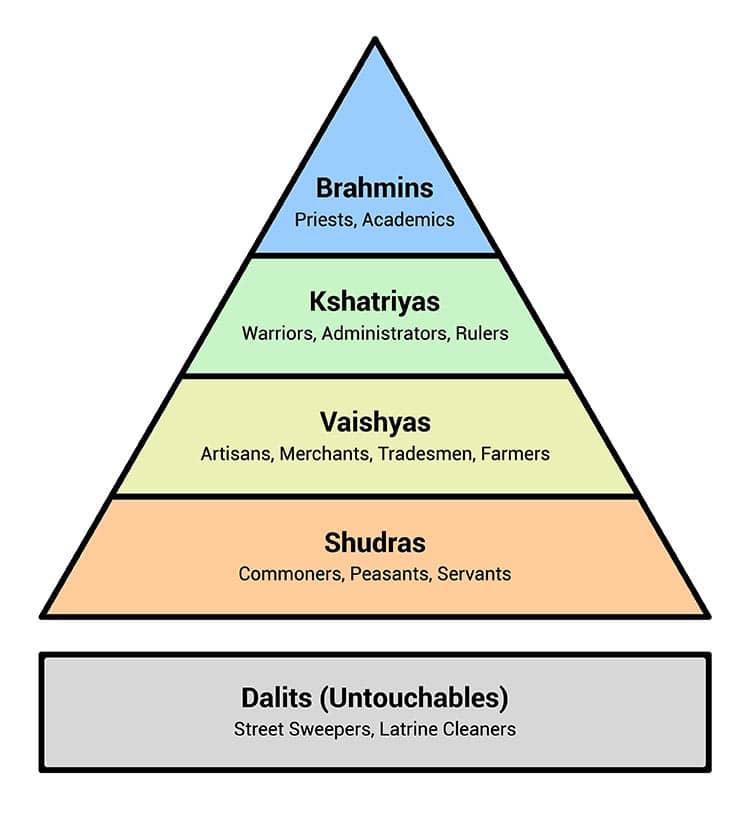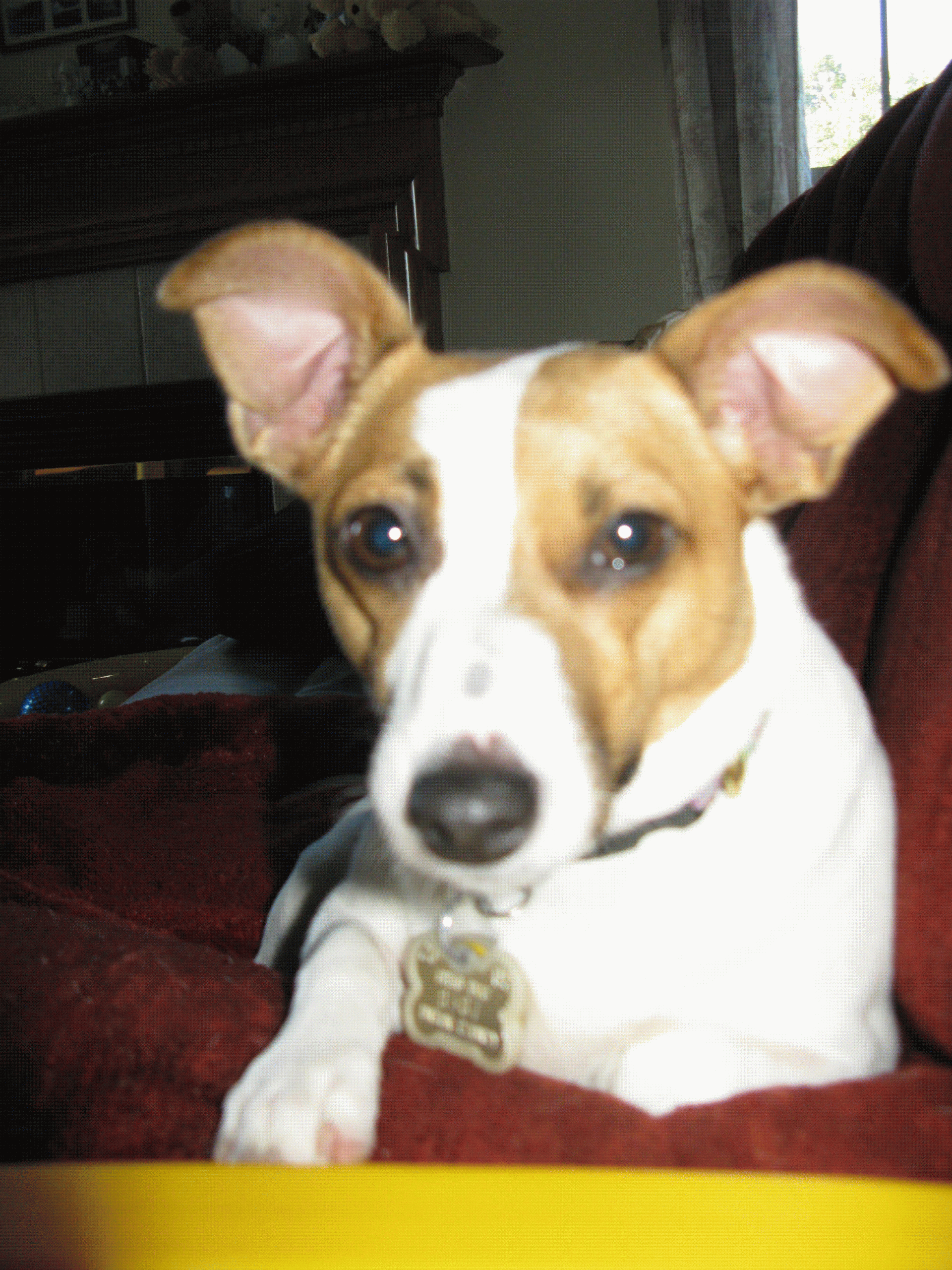Understanding the Social Hierarchy in Multi Pet Homes

In the bustling world of multi-pet households, understanding the social dynamics that unfold among our furry companions can feel like unraveling a complex tapestry. Just like humans, animals establish intricate social hierarchies that influence their interactions, behaviors, and even their well-being. Whether you’re a seasoned pet owner or a newcomer to the joys of sharing your home with multiple animals, gaining insight into these social structures can greatly enhance the harmony of your household. In this article, we’ll explore the fascinating world of animal social hierarchies, offering guidance on how to recognize, respect, and manage the natural pecking order that emerges in homes where multiple pets coexist. With a friendly and informative approach, we’ll help you navigate the nuances of multi-pet dynamics, ensuring a peaceful and loving environment for all your beloved companions.
Establishing the Pack: Recognizing Natural Roles and Behaviors
In a multi-pet household, observing how each animal interacts can offer valuable insights into their natural roles and behaviors. Just like in the wild, animals tend to form a social hierarchy, with some pets naturally taking on leadership roles while others are more content to follow. Recognizing these dynamics is crucial for maintaining harmony at home. Pay attention to how your pets communicate through body language, such as tail positions, ear movements, and vocalizations. This can help you identify who is more dominant or submissive within the group.
To better understand these dynamics, consider the following behaviors:
- Leadership Assertion: One or more pets may display leadership by initiating play or taking charge during feeding times.
- Resource Guarding: Some pets might protect their food, toys, or sleeping spots, indicating a higher status in the pack.
- Submission Signals: Look for behaviors like belly showing or avoiding eye contact, which can suggest a more submissive role.
Understanding these roles can help pet owners anticipate potential conflicts and provide the necessary support to ensure all pets feel secure and valued in their shared environment.
Decoding Communication: How Pets Signal Their Status
Observing the dynamics among pets in a multi-pet household can be fascinating, as each animal exhibits unique behaviors to convey their position within the social structure. Pets often communicate their status through a variety of signals that, when understood, can offer insights into their interactions and relationships. Cats, for instance, may use body language such as tail positioning and ear movements to assert dominance or submission. A cat holding its tail high often signifies confidence and a higher rank, while flattened ears might indicate submission or fear. Dogs, on the other hand, employ vocalizations, eye contact, and even play behavior to establish their place in the pack. A dog that willingly exposes its belly to another is likely acknowledging a lower status.
Recognizing these cues can be crucial for pet owners aiming to maintain harmony in their homes. Some common indicators of status among pets include:
- Posture: A confident stance, with raised head and relaxed body, often suggests higher status.
- Resource Control: Access to toys, food, or preferred resting spots can signal dominance.
- Vocalization: Growls or barks may be used to assert authority or establish boundaries.
By tuning into these signals, pet owners can better manage the social dynamics and ensure a peaceful coexistence among their furry companions.

Creating Harmony: Tips for Managing Pet Interactions
Creating a peaceful environment in a home with multiple pets often requires an understanding of their social dynamics. Animals, much like humans, have unique personalities and social structures. Observing their interactions is crucial to identifying the natural pecking order, which helps in facilitating harmony. Recognizing the leader of the pack can provide valuable insights into how other pets relate to each other. Ensuring that this leader receives the necessary attention and respect can often alleviate tensions among the group.
- Respect Personal Space: Each pet should have a dedicated area where they can retreat and feel safe. This helps reduce stress and potential conflicts.
- Monitor Feeding Times: Feeding pets separately can prevent food aggression and reinforce positive associations with mealtime.
- Engage in Group Activities: Regularly engaging pets in group play can strengthen their bonds and reduce rivalry.
- Be Attentive to Body Language: Understanding signs of discomfort or aggression can help in intervening before conflicts escalate.
By being observant and proactive, pet owners can foster an environment where all pets feel secure and valued, leading to a more harmonious household.

Promoting Peace: Ensuring Every Pet Feels Secure and Valued
In a multi-pet household, understanding the social dynamics can be crucial for maintaining harmony and ensuring that every animal feels secure and valued. Just like in human families, pets often develop their own social hierarchy, which can influence their interactions and behaviors. Recognizing the signs of these hierarchies and respecting them can help minimize conflicts and promote a peaceful environment.
Here are some tips to ensure every pet feels secure:
- Observe Body Language: Pay attention to how your pets interact with each other. Subtle cues like ear positions, tail movements, and vocalizations can reveal a lot about their social standing.
- Provide Individual Attention: Ensure each pet receives one-on-one time with you. This helps reinforce their individual importance and can reduce jealousy.
- Separate Feeding Areas: To prevent food-related aggression, consider having designated feeding spots for each pet.
- Respect Boundaries: Allow pets to have their own spaces where they can retreat and feel safe.
- Encourage Play: Engage in group play sessions that foster positive interactions and strengthen bonds.
By acknowledging and respecting the social hierarchy in your home, you can create an environment where each pet feels like a cherished member of the family.



